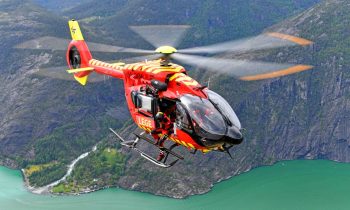Researchers from Portugal and Norway have developed a first-ever robotic system for 3D printing with six movement axes which allow “the printing of large-scale metal parts in various angles and planes”.
This was announced on Wednesday by Portugal’s Faculty of Science and Technology of the University of Coimbra (FCTUC). The new system represents a new generation of 3D printing for the entire industry and has already attracted the interest of the Indian multinational Tata Steel, one of the largest metal suppliers in the world.

The new system represents a new generation of 3D printing for the entire industry that uses “large metal materials” (aeronautical and oil industries, for example), with relevant impacts on time reduction and production costs,” the faculty added.
In addition to enabling double the performance of traditional 3D printers (using three axes), “the added value of this new robotic system” is, according to the faculty, its flexibility, allowing “to engage a set of tools never achieved before,” especially real-time simulation software.
To obtain this robotic configuration, researchers had to overcome various challenges, the first of which was to “realise whether the current robotic technology was available to absorb a system of this complexity.”
The entry of this solution into the market depends on the high investment, according to Norberto Pires, the faculty’s researcher and professor from the mechanical engineering department, estimating a value of €2 million. For this reason, Pires formed and leads a Consortium that brings together research centres of New University of Lisbon and several universities in Germany, Austria, Spain and Norway, as well as companies from different branches of activity.
The results of the research, funded by the community support programme PT 2020 (Portugal 2020) and by ignition grants, were published in the scientific journal Emerald.



